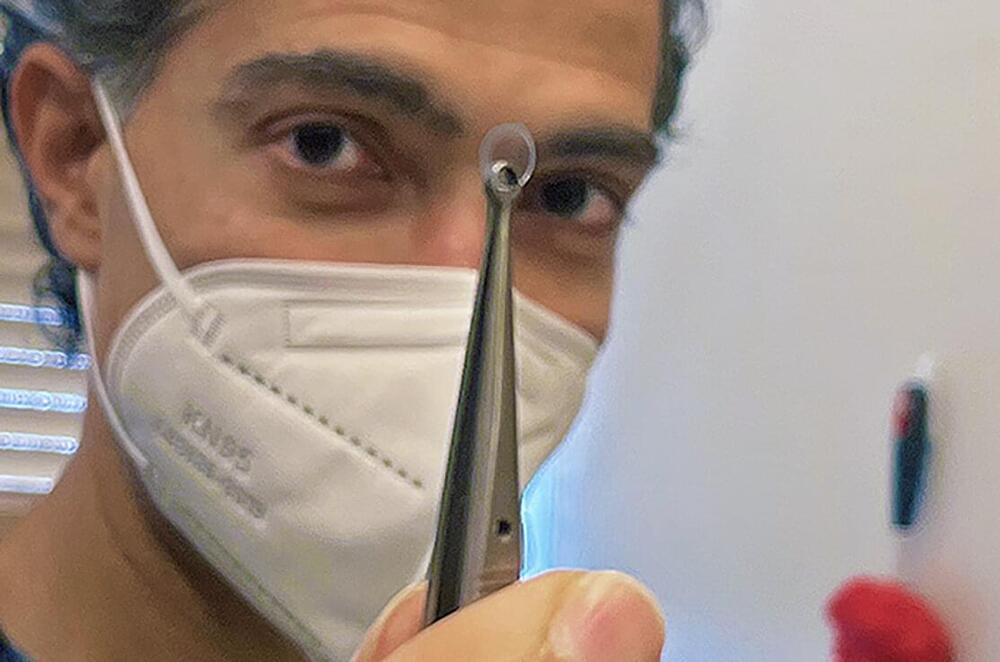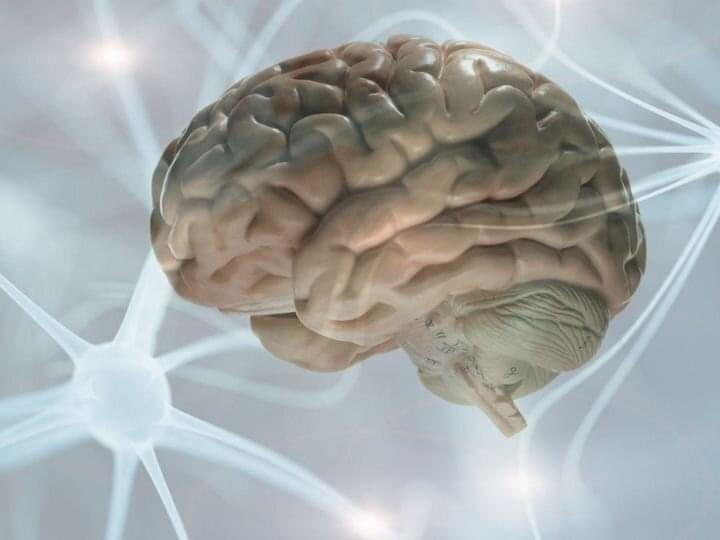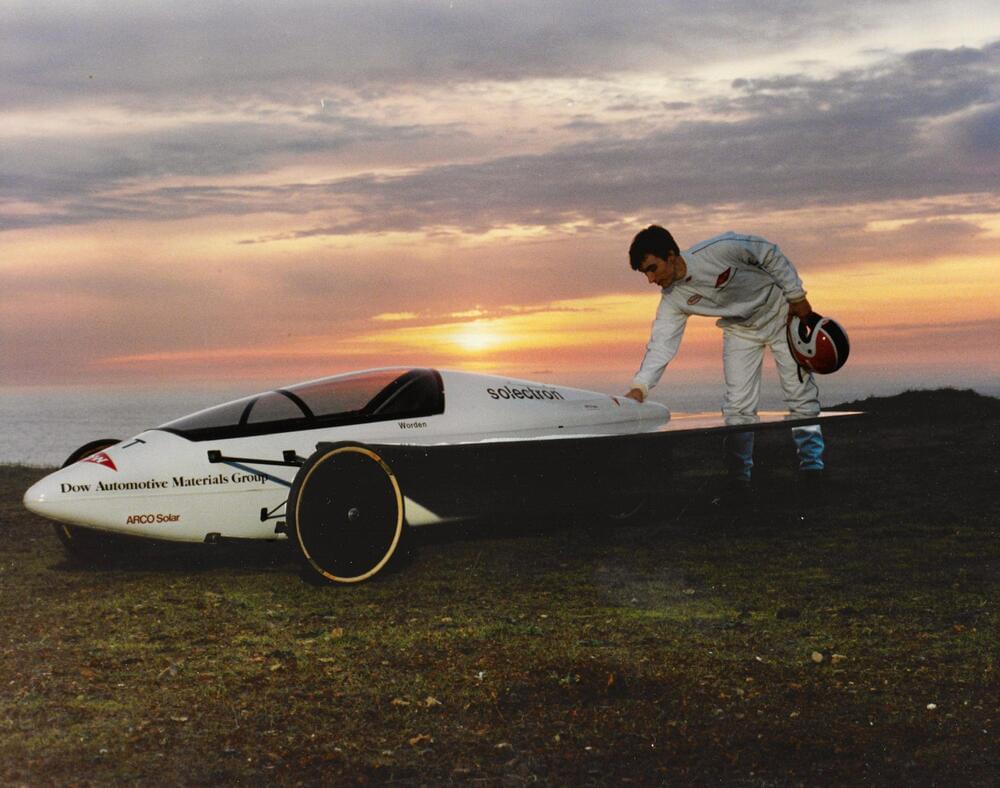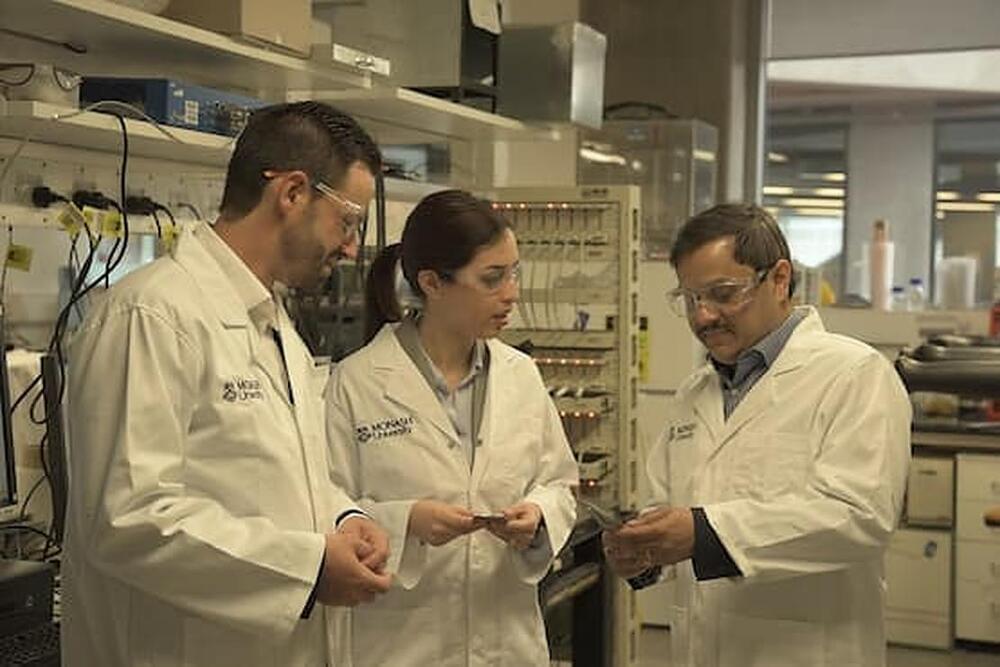Re-engineering clinical trials around participants — katie baca-motes, co-founder, scripps research digital trials center, scripps research.
Katie Baca-Motes, MBA, (https://www.scripps.edu/science-and-medicine/translational-i…aca-motes/) is Senior Director, Strategic Initiatives at the Scripps Research Translational Institute, and Co-Founder of the Scripps Research Digital Trials Center (https://digitaltrials.scripps.edu/).
Katie leads various initiatives, including launching their new Digital Trials Center, focusing on expanding the institute’s portfolio of decentralized clinical trial initiatives including: DETECT, a COVID-19 research initiative, PowerMom, a maternal health research program and PROGRESS, an upcoming T2 Diabetes/Precision Nutrition program, as well as overseeing the institute’s role in the NIH “All of Us” Research Program as a Participant Center.
The Scripps Research Translational Institute (SRTI), was founded in 2007 with the aim of individualizing healthcare by leveraging the remarkable progress being made in human genomics and combining it with the power of wireless digital technologies.
The Scripps Research Digital Trials Center, a part of SRTI, leads groundbreaking studies that address the world’s most pressing health concerns, by pioneering “site-less” clinical trials, leveraging rapidly evolving digital health technologies to re-engineer the clinical trial experience around the participant, rather than the research site.







